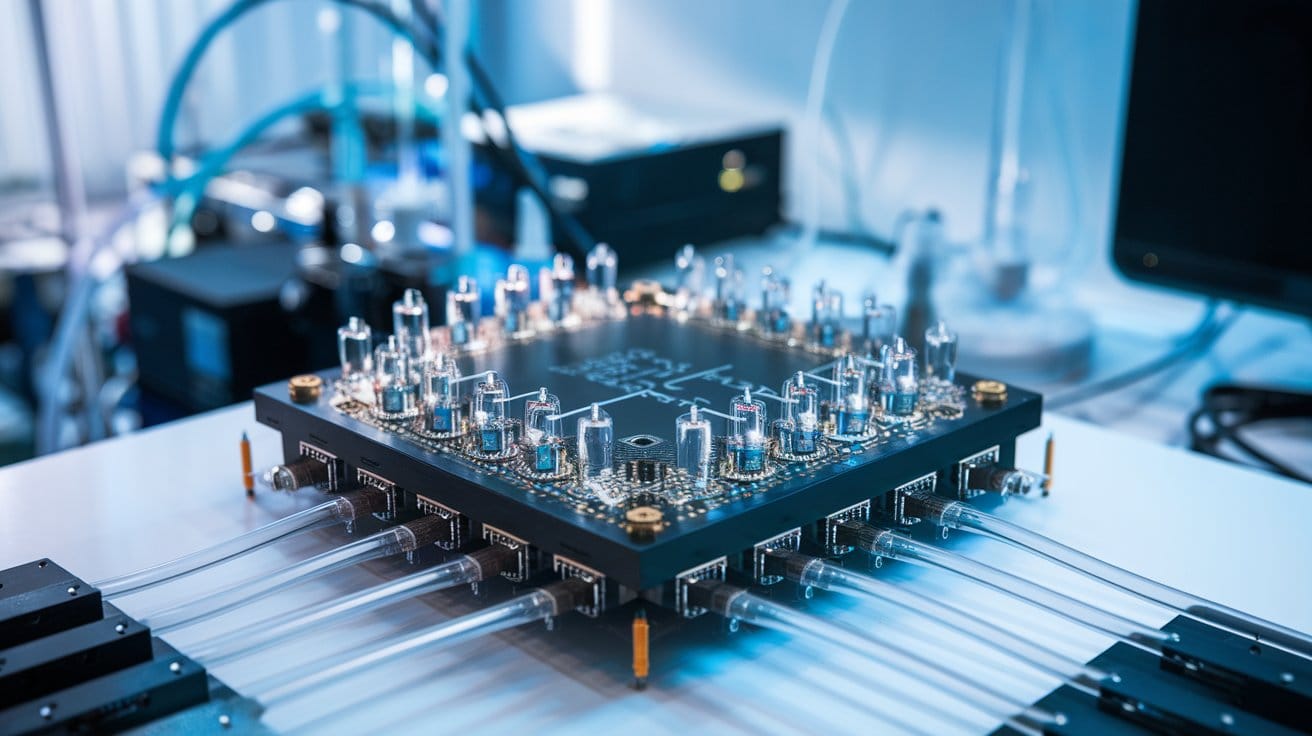The Growth of Silicon Photonics: Faster, More Efficient, and Scalable AI Operations

Artificial intelligence (AI) has emerged as one of the most transformative technologies of the 21st century, revolutionizing industries and reshaping how we interact with technology. However, the rapid growth of AI, particularly in areas such as large language models and generative AI, has placed immense pressure on existing computational infrastructure. Traditional electronic interconnects, which rely on copper wiring, are increasingly unable to meet the bandwidth, latency, and power efficiency demands of modern AI systems. Enter silicon photonics—a groundbreaking technology that leverages light rather than electricity to transmit data. This innovation promises to address the bottlenecks of traditional systems, enabling faster, more efficient, and scalable AI operations.
Ayar Labs, a leader in silicon photonics, is at the forefront of this technological revolution. By pioneering optical I/O solutions, Ayar Labs is not only addressing the limitations of traditional interconnects but also setting the stage for the next generation of AI infrastructure.
The Role of Silicon Photonics in AI
Addressing AI's Computational Bottlenecks
The complexity and size of AI models, such as those used in large language models and generative AI, have grown exponentially. These models require massive amounts of data to be processed and transmitted between compute nodes, such as GPUs and CPUs, at unprecedented speeds. Traditional copper-based interconnects, which rely on electrical signals, are nearing the end of their scalability due to limitations in bandwidth, power consumption, and heat generation.





